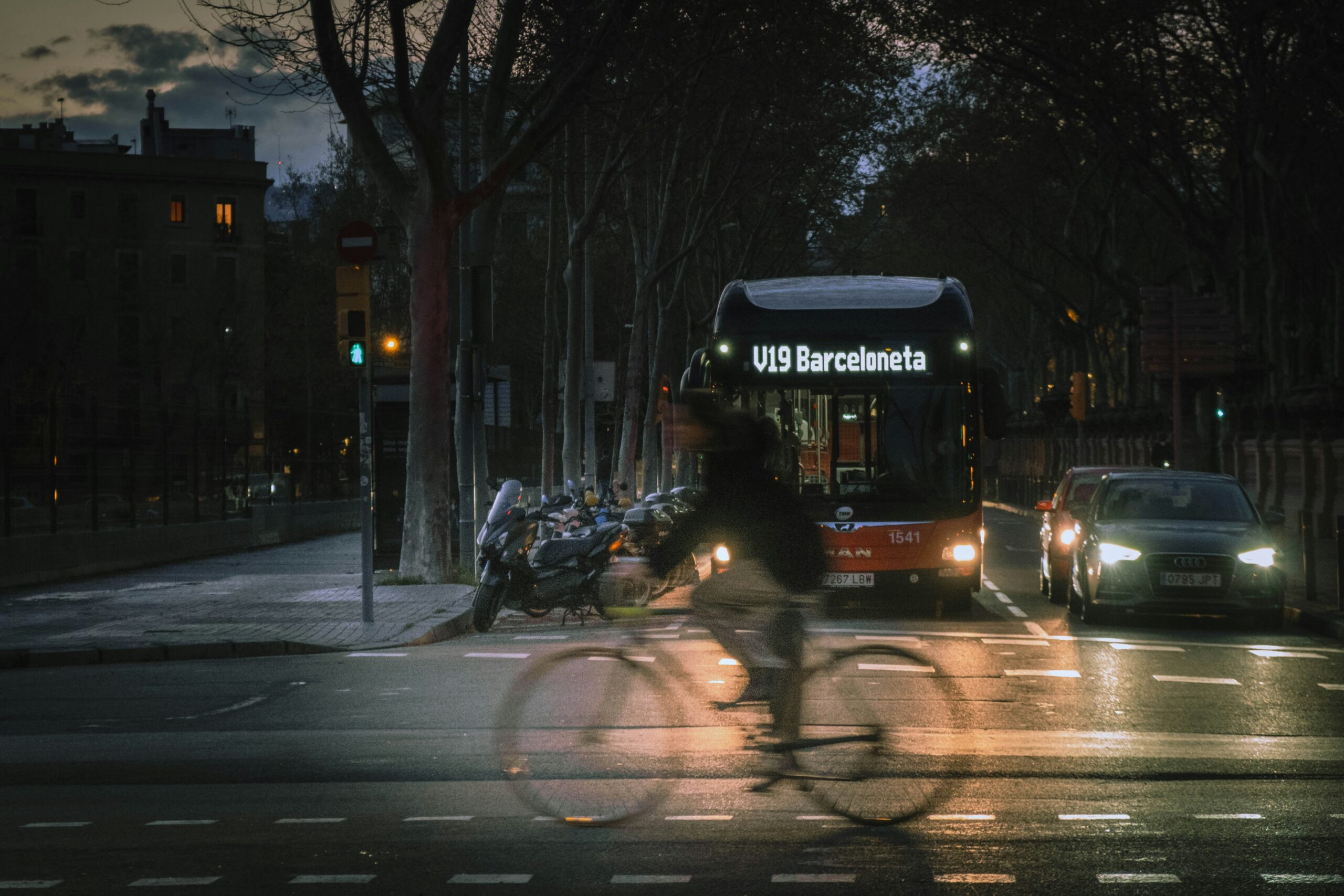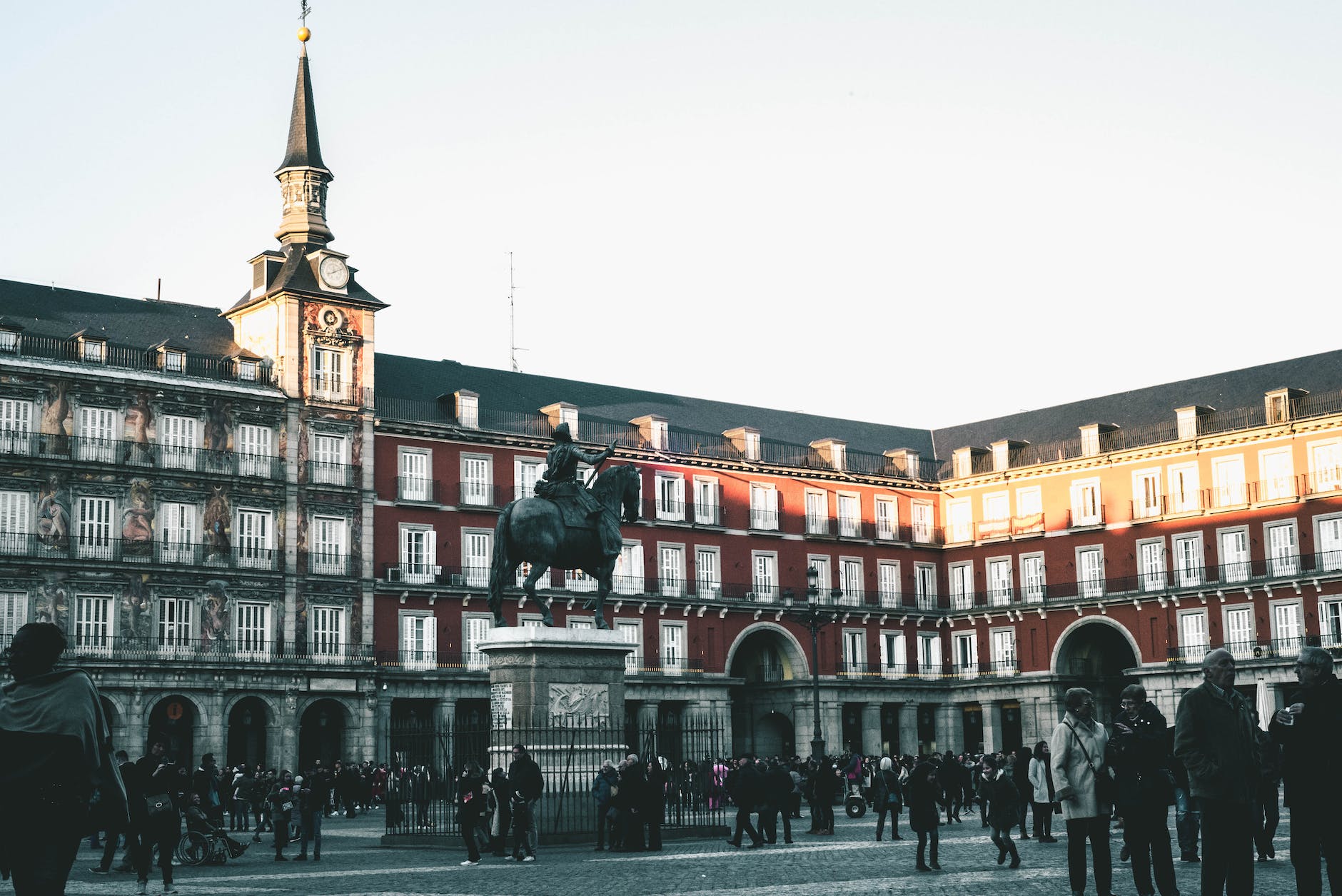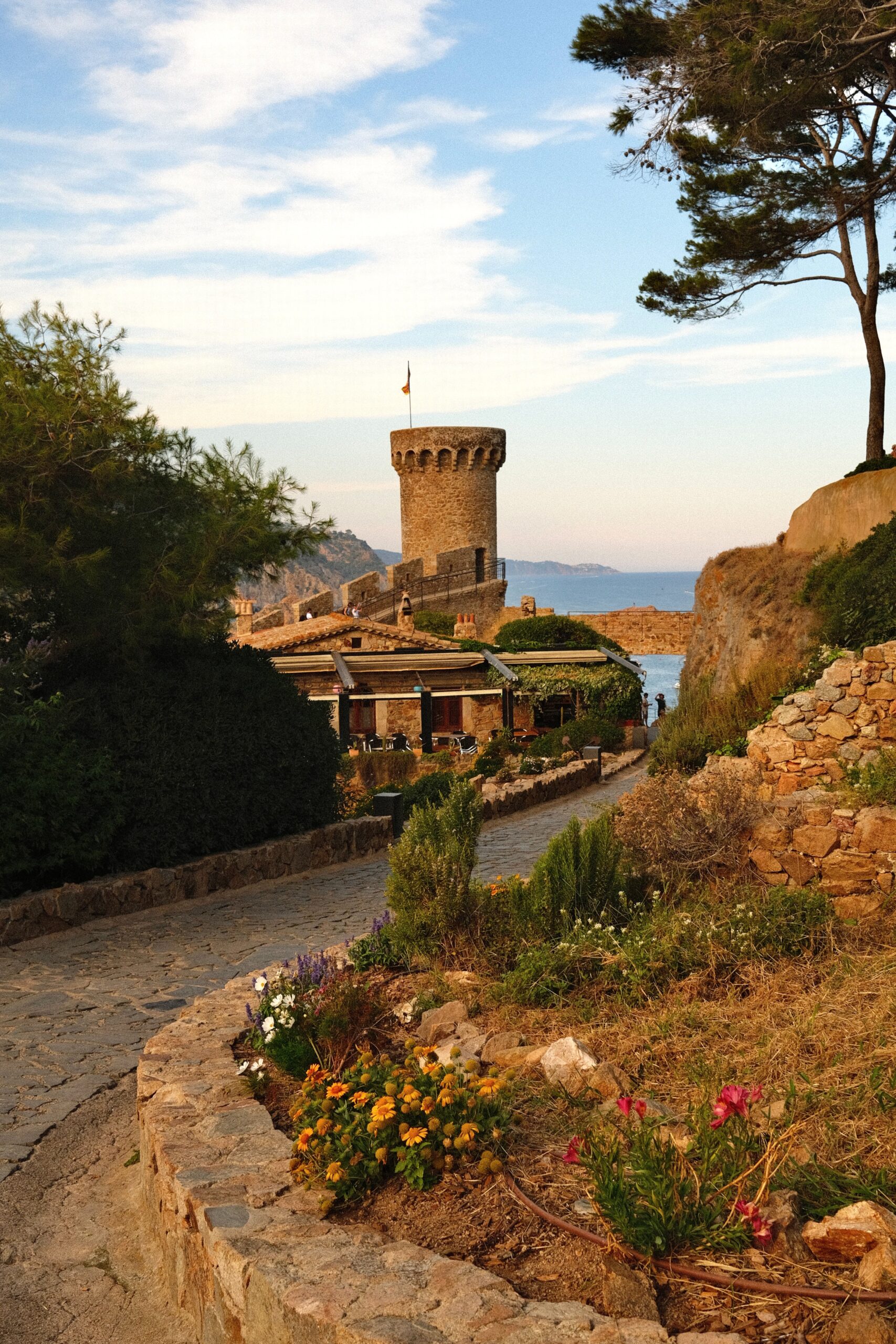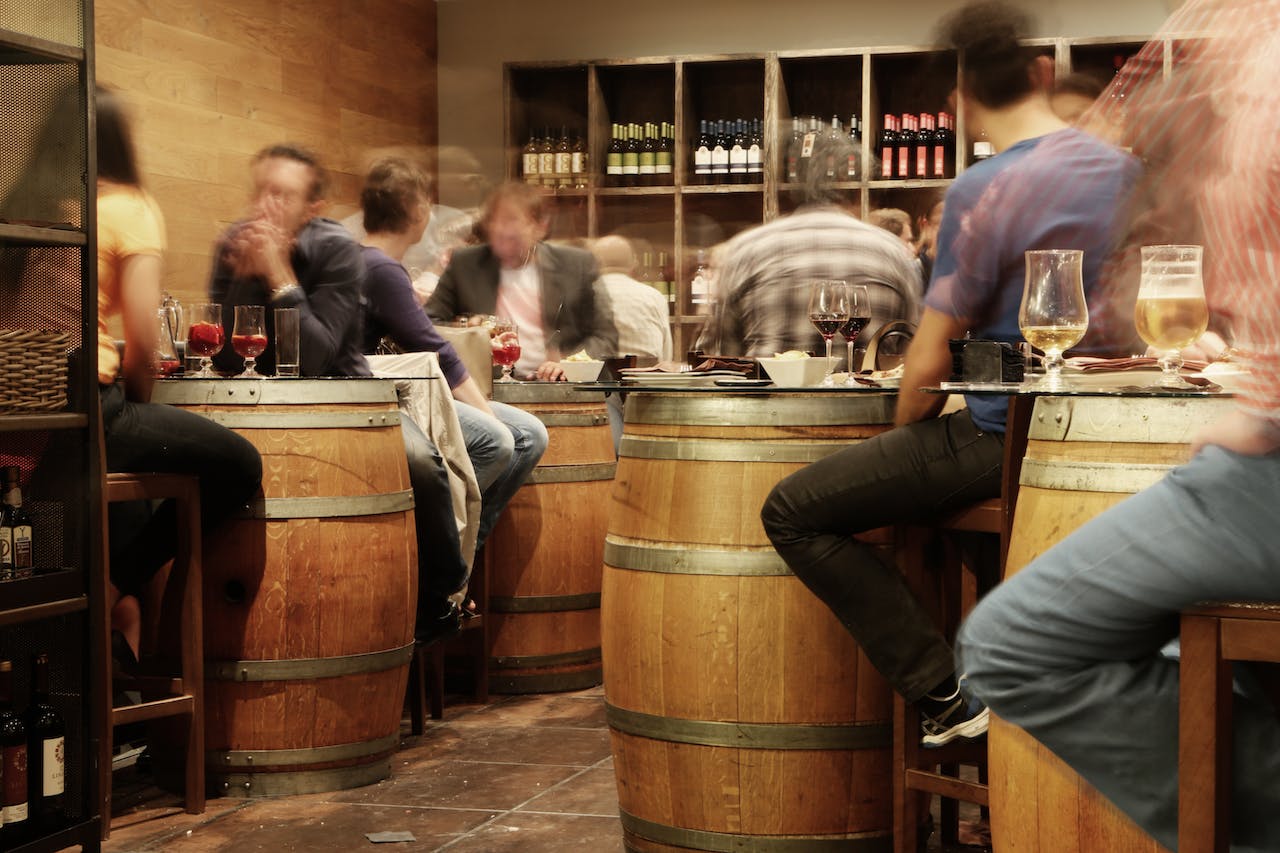Unleash Your Inner Wanderer: Dive into Spain's Hidden Gems for Insider Adventures, Epic Wanderlust, and Must-See Travel Tips
The Must See Spain Blog
A Traveler's Guide
by Kristin Espinar
Welcome to the
search our blog for help!
Hey! Do you have any advice on...
Are you wondering if it is a good idea to visit Barcelona in February? Let me give you the low down on all you need to know about visiting this destination during the winter time. From exploring the captivating Barcelona nightlife in February, to where to stay in Barcelona in February, we’ve got you covered. And let’s not forget the delightful February weather, with mild temperatures that make strolling through the city’s charming streets an absolute joy, and you might actually find that you enjoy the Barcelona in February weather. Join me on this intimate journey to discover the magic that Barcelona holds in February. Let’s dive in!

For many, planning a trip to Europe can be an exciting yet daunting task. With so many countries, cities, and sites to see, how do you even begin deciding where to go and what to do? Luckily, there are now a plethora of helpful online tools and platforms that make trip planning for Europe easier than ever.

To make the most of your Spanish sojourn, it’s essential to pack the right items. Don’t let improper planning turn your dream vacation into a logistical nightmare. By bringing along a few key things, you can focus on creating unforgettable memories, whether exploring Moorish palaces in Andalucía or sampling pintxos in the Basque Country. I recommend taking time to build your packing list for Europe.

Madrid is a treasure trove of history, culture, and vibrant energy. From the magnificent Royal Palace to the world-renowned art collections at the Prado Museum, there’s no shortage of captivating sights to explore. Take a leisurely stroll through the picturesque streets of Malasaña and indulge in delicious tapas at lively local markets. Uncover the secrets of Madrid at every turn, and let its charm work its magic on you. Join me as we uncover the best things to do in Madrid together.

Known for its vibrant culture, architecture and nightlife, Madrid has also emerged as a top culinary destination in recent years. Food critics and globetrotting gourmands have flocked to the Spanish capital to experience its incredible array of restaurants, featuring both traditional Spanish fare and innovative avant-garde cuisine. From historic institutions to cutting-edge newcomers, Madrid offers a diverse and exciting fine dining scene.

Madrid is one of the most vibrant cities for flamenco in Spain, with a rich history and culture around this expressive art form. As the capital, Madrid attracts some of the best flamenco performers from across the country. You can experience authentic flamenco shows almost any night of the week at one of Madrid’s many flamenco venues.

Girona, Spain is a beautiful medieval city located in northeastern Catalonia, Spain. With a population of around 100,000 people, it’s one of the largest cities in the Catalonia region. Situated on the confluence of the Rivers Ter, Güell, Galligants and Onyar, Girona enjoys a scenic setting. Surrounded by the Pyrenees mountains and close to the Costa Brava beaches, the city’s location provides easy access to nature while still retaining an authentic Spanish charm.

Oh, my fellow Game of Thrones enthusiast, let me tell you about the enchanting city of Girona in Catalonia, Spain! Picture this: a medieval gem nestled in the heart of Spain, with its cobblestone streets, towering cathedrals, and stunning vistas. And guess what? Girona played a major role in the world of Westeros! This quaint […]

I lived in Madrid for years. I knew the rhythm — the streets, the tapas bars, the quiet confidence of a place that didn’t need to prove anything. Madrid was home. Solid, familiar, and unmistakably Spanish.
Barcelona? It was the stylish cousin. The one who shows up in your feed constantly — all beaches, rooftops, and perfect afternoon light.
So when I finally booked a trip, I wasn’t chasing a dream. I was just curious. I figured I’d check off a few things to do in Barcelona, confirm Madrid was still my favorite, and call it a day.

The tradition of tapas began centuries ago in Spain. Taverns would put slices of bread or cheese on top of glasses of wine or sherry to keep out fruit flies. Patrons would eat these snacks, called “tapas” from the Spanish word “tapar” meaning “to cover.” Over time, tapas evolved into a wide array of small dishes served in bars. It became a social custom in Spain to go from bar to bar sampling various tapas and drinks with friends.
